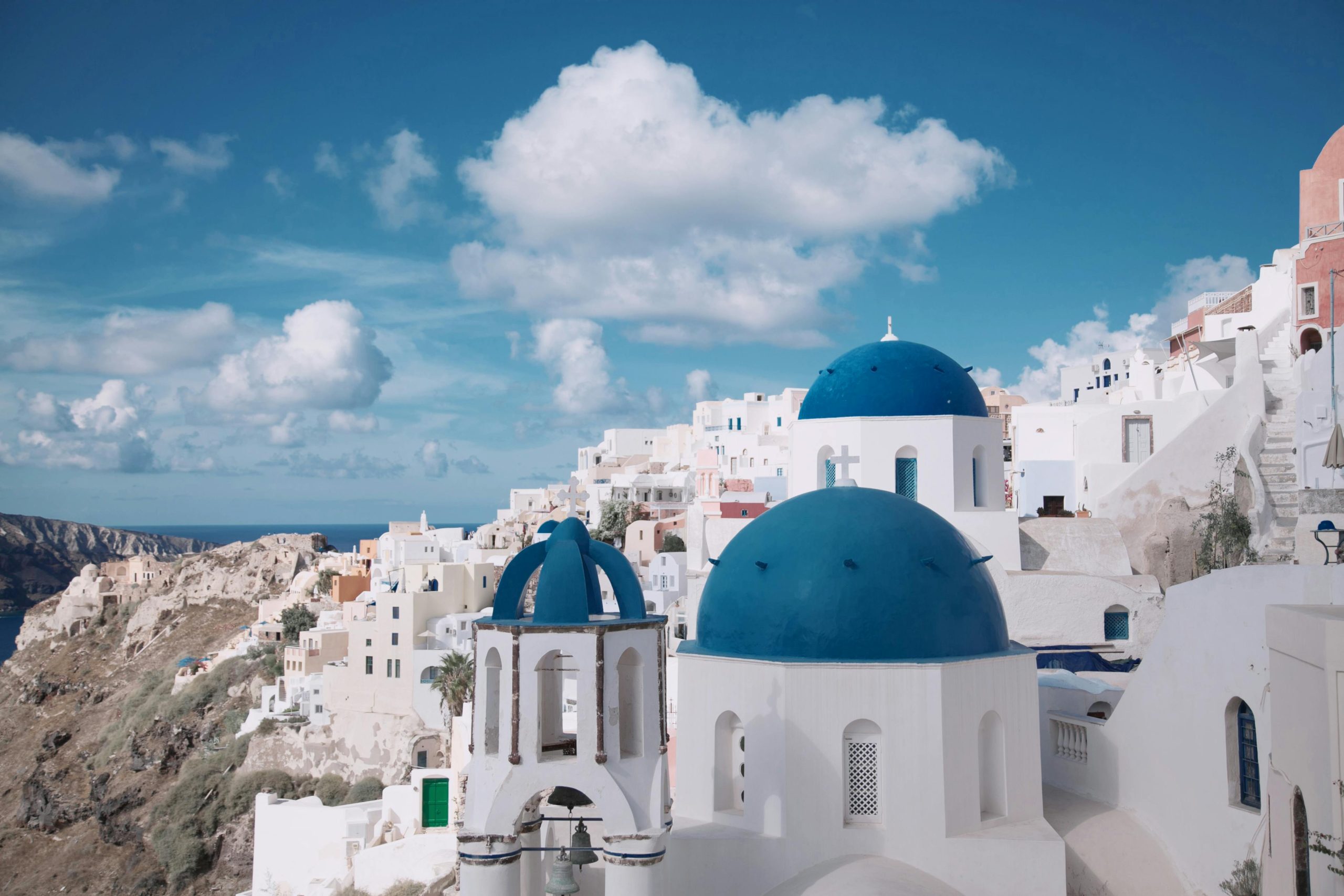Santorini on alert, hundreds of quakes spark fears of possible strong tremor

Over the past three days, seismologists have recorded more than 200 earthquakes on the Greek island of Santorini and surrounding islands!
This intense earthquake swarm prompted local authorities to take immediate action – schools were closed, emergency services put on alert and residents were advised to follow safety precautions. Due to the risk of stronger tremors, hoteliers were also urged to drain swimming pools as the water could cause further damage in the event of an earthquake.
Seismic activity has been recorded not only on Santorini but also on the nearby islands of Amorgos, Anafi and Ios. According to the AP, the sharp increase in earthquakes has raised fears that an even stronger tremor could occur. “For now it is a precautionary measure, but we are monitoring the situation closely. Citizens should remain vigilant and follow safety instructions,” Greek Civil Protection Minister Vasilis Kikilias said after an emergency cabinet meeting in Athens.
Continuous tremors worry residents
The biggest earthquake so far was recorded by seismologists on Monday afternoon at 13:17 local time. The 5.1 magnitude tremor not only hit Santorini, but was also felt by residents in other parts of Greece, Turkey, Egypt and Libya. Locals describe the situation as very unsettled. “I have never experienced anything like this – an earthquake every ten to twenty minutes. Everyone is nervous, although some are trying not to show it, so as not to spread panic,” Michalis Gerontakis, director of the Santorini Philharmonic Orchestra, told the AP.
Due to the ongoing activity, experts, officials and rescue workers are meeting every day to monitor the situation and coordinate the next steps. As a precautionary measure, Greek authorities have sent more firefighters and rescue units to the area, including dogs trained to search for people.
Tectonic, not volcanic tremors
Prominent Greek seismologist Gerasimos Papadopoulos warned that a continuous series of tremors could be a precursor to a stronger earthquake. “The risk level has increased and all scenarios remain open,” he told the e-Kathimerini website. However, he also stressed that in this case it was tectonic movements, not volcanic activity.
In the island’s capital, Fira, authorities have designated assembly points for residents in preparation for a possible evacuation. But Mayor Nikos Zorzos reassures the public: “We are obliged to be prepared, but that does not mean that a disaster will actually come.”
Santorini and its catastrophic past
Santorini is the remnant of the ancient volcanic island of Thera, whose massive eruption around 1600 BC was one of the most devastating in history. The volcanic eruption at that time caused a giant tsunami and climatic changes which, according to some theories, led to the collapse of the Minoan civilisation on Crete. Some historians even link the disaster to the biblical Egyptian plagues or the myth of Atlantis.
Today, Santorini is one of 16 volcanoes in the world that are under the constant supervision of experts. Its volcanic history and proximity to densely populated areas make it a risky area that requires careful monitoring. Italy’s Etna and Vesuvius and Spain’s Pico del Teide in Tenerife are also on the list of similarly dangerous volcanoes.
Whether the current earthquake indicates a larger disaster is not yet clear. Experts will continue to monitor the situation and authorities are urging residents to be cautious and prepared.
Photo source: www.pexels.com
Author of this article
WAS THIS ARTICLE HELPFUL?
Support us to keep up the good work and to provide you even better content. Your donations will be used to help students get access to quality content for free and pay our contributors’ salaries, who work hard to create this website content! Thank you for all your support!





OR CONTINUE READING